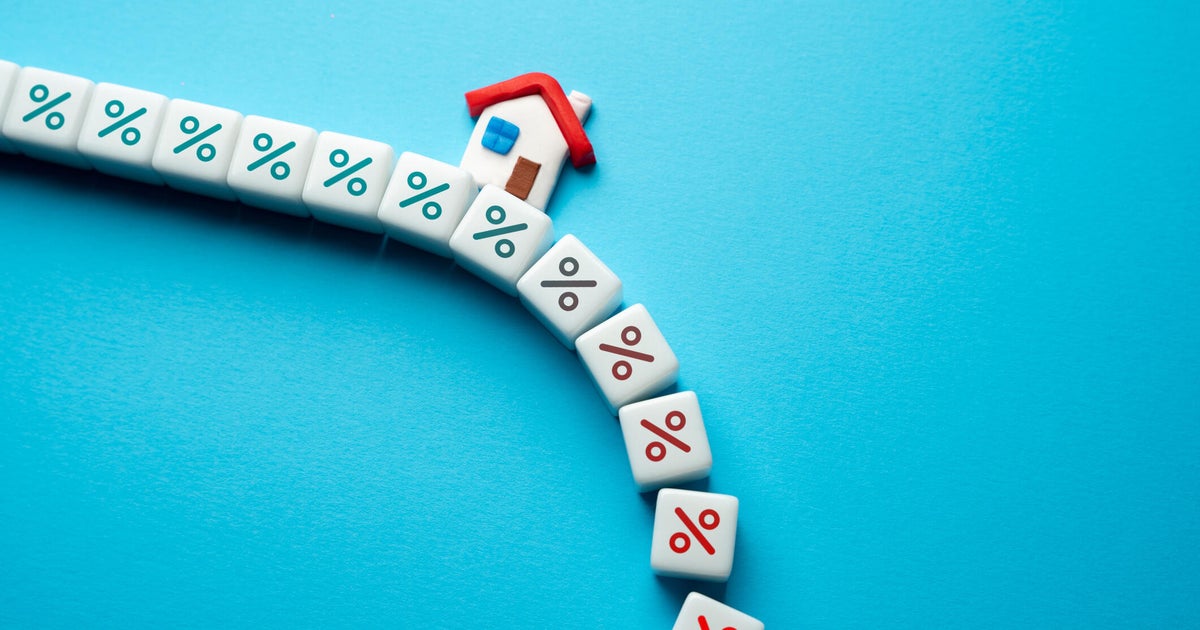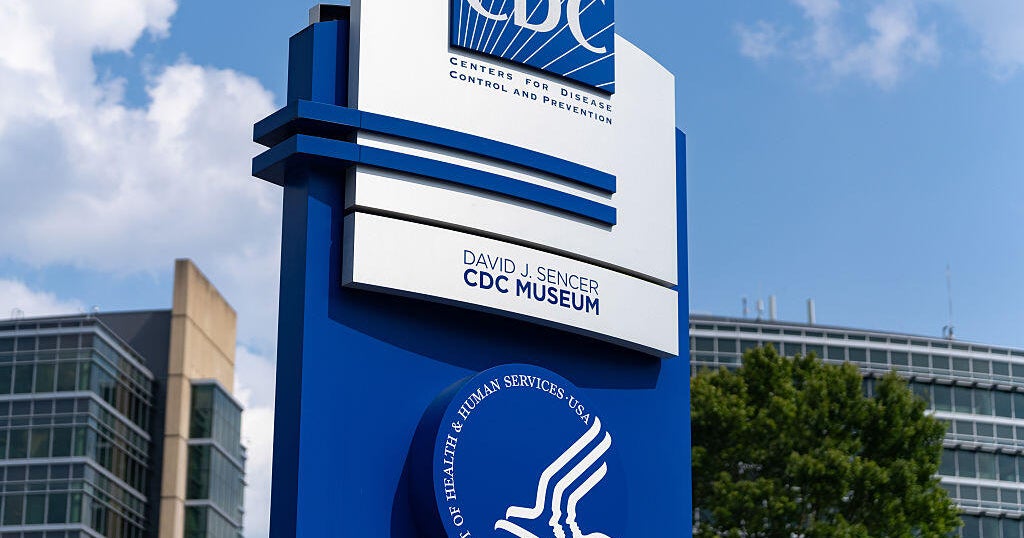Fed leaves interest rates unchanged as Yellen era ends
The Federal Reserve has left its benchmark interest rate unchanged but signaled that it expects to resume raising rates gradually to reflect a healthy job market and economy.
At Janet Yellen's final meeting as chair Wednesday, the Fed kept its key short-term rate in a still-low range of 1.25 percent to 1.5 percent. Yellen led a cautious approach to rate increases in four years as chair, and Jerome Powell, who will succeed her next week, has indicated he favors a similar approach.
"Gains in employment, household spending and business fixed investment have been solid, and the unemployment rate has stayed low," the Federal Open Market Committee, the bank's rate-setting panel, said in its latest policy statement.
The Fed raised its key rate three times in 2017, and most economists expect the Powell-led Fed to do so at least three additional times this year beginning in March. Powell has been a Yellen ally and among the Fed's consensus-builders in 5½ years on the central bank's board.
The unemployment rate is at a 17-year low of 4.1 percent, and the economy expanded at a solid 2.6 percent annual rate in the October-December quarter, helping lift growth for all of 2017 to a decent 2.3 percent.
Synchronized growth in major regions across the world has helped energize the U.S. economy. And the sweeping tax overhaul that Trump pushed through Congress last month is expected to further support U.S. growth.
The Fed's next scheduled policy meeting in March, when most economists foresee the next rate hike, is the first time that Powell is scheduled to hold one of the Fed chair's quarterly news conferences.
Economists are roughly divided on whether they think Fed's policymakers will raise rates three times this year, as in 2017, or four times. The pivotal factor will likely be how inflation performs. For the past six years, inflation has been a no-show, running below even the Fed's target level of 2 percent.
A tight job market, with pressure building for pay increases, and potentially higher consumer and business spending resulting from the Republican tax cuts, could accelerate inflation this year. The prospect of faster inflation could, in turn, lead the Fed to step up its rate hikes.
"We still suspect that a stronger rebound in inflation will force the Fed to raise rates a total of four times this year, a bit more than markets currently expect, so the recent increase in Treasury yields probably has further to run," Michael Pearce, senior U.S. economist with Capital Economics, said in a note.
The Fed has modestly raised its benchmark rate five times since December 2015, when it began tightening for the first time since the height of the financial crisis in 2008. When the crisis erupted, the Fed cut its rate to a record low near zero to help rescue the financial system and the economy and then held it there for seven years.
This year, the lineup of Fed regional bank presidents who vote on the central bank's rate policy — a list that rotates annually — is expected to be somewhat more "hawkish" this year. Fed hawks are those who are less likely to favor low rates to maximize employment and more likely to back rate hikes to prevent future high inflation.
Powell, a lawyer and investment manager by training, will be the first Fed leader in 30 years not to hold a Ph.D. in economics. President Donald Trump chose Powell for the post rather than offer Yellen a second term despite widespread praise for her performance as chair.
With Yellen's departure, the seven-member Fed board will have four vacancies. Marvin Goodfriend, a conservative economist, has been nominated by Trump for one of the vacant board seats. Trump has yet to make nominations for the others.







